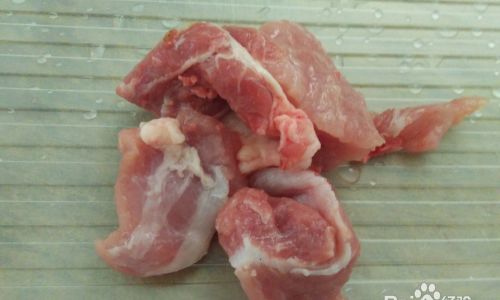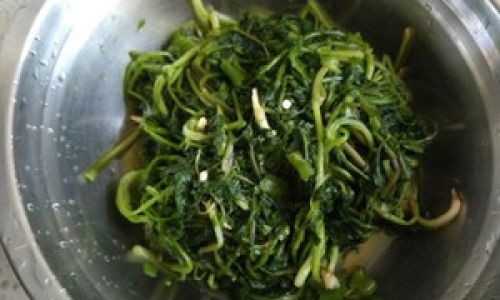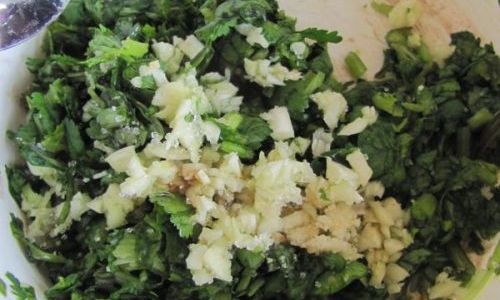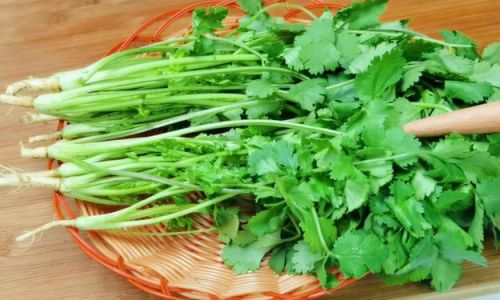Table of content
Cooking fresh pork to achieve a tender and delicious result is an art that combines precision, patience, and a keen understanding of flavor dynamics. Whether you’re preparing a simple family dinner or crafting a gourmet dish for a special occasion, mastering the techniques to cook pork perfectly can elevate your culinary skills to new heights. This guide will walk you through the essential steps, tips, and recipes to ensure your fresh pork is not only tender but also bursting with flavor.
Understanding Fresh Pork
Before diving into the cooking process, it’s crucial to understand the basics of fresh pork. Pork, like any other meat, comes in various cuts, each with its own texture and best-suited cooking method. Common cuts include pork chops, pork tenderloin, pork shoulder, pork belly, and pork ribs. Each cut responds differently to heat, so selecting the right one for your recipe is vital.
Freshness is key. Look for pork that has a bright, cherry-red color with firm, elastic flesh. Avoid meat that is dull, gray, or slimy, as these are signs of aging or poor handling. Fresh pork should also have a mild, slightly sweet aroma; strong, unpleasant odors indicate spoilage.
Preparation Techniques
Trimming and Seasoning
Start by trimming any excess fat, silver skin, or sinew, especially on cuts like pork chops and tenderloin. This not only improves the appearance of the dish but also ensures even cooking and a more pleasant texture.

Seasoning is where the flavor journey begins. A basic blend of salt, pepper, and perhaps a pinch of garlic powder or paprika can work wonders. For more complex flavors, consider marinating your pork in a mixture of acids (like vinegar, lemon juice, or wine), oils, herbs, and spices. Acidic marinades tenderize the meat by breaking down proteins, while oils and herbs infuse it with deep, layered flavors. Marinate for at least 30 minutes to an hour, or even overnight for more intense flavor penetration.
Brining
For larger cuts like pork shoulder or pork belly, brining can be a game-changer. A brine solution, typically made of salt, sugar, and water (sometimes with added herbs and spices), draws moisture into the meat through osmosis. This not only keeps the pork juicy during cooking but also enhances its flavor. Brine for 6-12 hours in the refrigerator, then rinse thoroughly before cooking.
Cooking Methods
Pan-Seared Pork Chops
For a quick and elegant meal, pan-searing pork chops is hard to beat. Start by heating a heavy-bottomed skillet over medium-high heat with a blend of butter and olive oil. Pat your seasoned pork chops dry to avoid steaming and sear them until golden brown on both sides, about 3-4 minutes per side. Finish cooking in the oven at 375°F (190°C) until they reach your desired internal temperature (145°F/63°C for medium-rare, resting to 150°F/65°C). Resting the meat allows juices to redistribute, ensuring a juicy, tender bite.
Slow-Cooked Pork Shoulder
Slow cooking transforms tough cuts like pork shoulder into tender, flavorful masterpieces. Season the meat generously and sear it in a hot oven or on the stovetop to lock in juices and develop a flavorful crust. Transfer to a slow cooker, add your choice of liquid (broth, beer, or a combination), and aromatics (onions, garlic, carrots). Cook on low for 6-8 hours, or until the meat is falling-apart tender. Shredding or pulling the meat with forks makes it perfect for tacos, sandwiches, or bowls.
Roasted Pork Tenderloin
Pork tenderloin is a lean, tender cut that benefits from high-heat roasting to develop a crispy exterior while keeping the interior moist. Season the tenderloin and sear it in a hot oven for about 10-15 minutes per side, then reduce the heat to 350°F (175°C) and roast until it reaches an internal temperature of 145°F (63°C). Let it rest for at least 10 minutes before slicing to ensure maximum juiciness.

Grilled Pork Ribs
Grilling pork ribs adds a smoky, caramelized crust that’s impossible to resist. Start by seasoning the ribs generously and letting them sit for at least an hour to allow the salt to draw out moisture and season the meat from within. Preheat your grill to medium-high heat and set up for indirect grilling. Sear the ribs on both sides over direct heat, then move them to the indirect heat side, cover the grill, and cook until tender, about 2-3 hours, depending on thickness. Basting with a barbecue sauce or a mixture of apple cider vinegar, honey, and spices during the last 30 minutes adds an extra layer of flavor.
Finishing Touches
Sauces and Glazes
Don’t underestimate the power of a good sauce or glaze to elevate your pork dish. A simple reduction of the cooking juices, broth, and a splash of wine or vinegar can create a rich, flavorful gravy. For a sweet-and-savory kick, try a honey-mustard glaze or a tangy barbecue sauce. Apply glazes or sauces during the final stages of cooking to avoid burning and allow the flavors to meld.
Garnishes
Fresh herbs, citrus zest, and a sprinkle of finishing salt can add a burst of freshness and brightness to your cooked pork. For a more indulgent touch, consider drizzling with a high-quality olive oil or a dollop of creamy yogurt or sour cream.
Conclusion
Cooking fresh pork to perfection is a rewarding endeavor that combines science with creativity. By understanding your pork cuts, employing proper preparation techniques, selecting the right cooking method, and adding thoughtful finishing touches, you can transform a simple piece of meat into a tender, delicious masterpiece. Whether you’re a seasoned chef or a home cook eager to impress, these guidelines will help you unlock the full potential of fresh pork, ensuring every bite is a delightful experience. Happy cooking!






0 comments